9 Best Growth Hacking Tactics
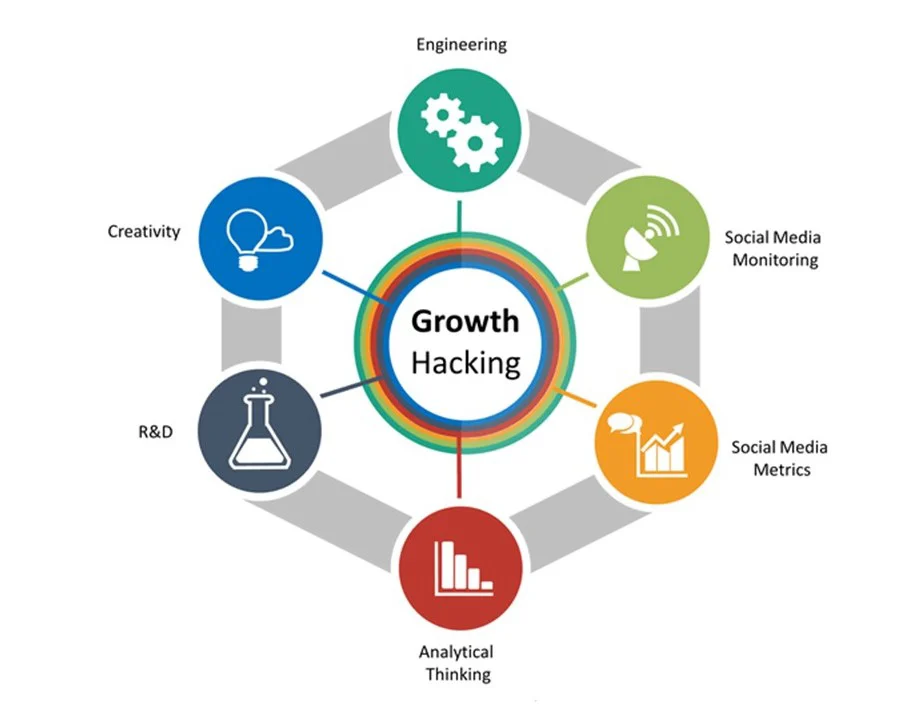
As a startup, you’re always looking for ways to grow your business quickly and cost-effectively. That’s where growth hacking comes in. It is an experimental approach to marketing that focuses on finding the most effective ways to grow your business.
In this ultimate guide, we’ll cover everything you need to know about growth hacking, including what real life examples from the business world, best practices, what it is, what a growth hacker is, and the best tips and strategies for startups and SMEs.
What is Growth Hacking?
Growth hacking is an innovative and data-driven approach to marketing and business growth that focuses on rapid experimentation and iterative growth activities. It involves using a combination of marketing, product development, analytics, and creative thinking to achieve significant and scalable business growth in a short period by experimentation and iteration.
Unlike traditional marketing, which for growth hacker often relies on large budgets and long-term campaigns, growth hacking aims to achieve growth through cost-sensitive and unconventional methods. It emphasizes identifying and capitalizing on high-impact opportunities that can lead to accelerated and a sustainable growth process.
Growth hackers are known for their resourcefulness, adaptability, and willingness to take risks. They employ a variety of tactics across different stages of the customer lifecycle, from the customer acquisition through to retention and revenue generation. They constantly analyze data and metrics to optimize strategies and achieve specific growth objectives. To hack growth, a growth hacker needs to work in a team and think outside of the box.

What is a Growth Hacker?
A growth hacker is a professional who applies growth hacking strategies and techniques to achieve rapid and sustainable business growth. They typically have a combination of marketing, data analysis, product development, and user experience skills.
Growth hackers are known for their creative and unconventional approach to marketing, focusing on cost-effective and scalable methods to acquire and retain new customers. They prioritize experimentation, data-driven decision-making, and rapid iteration to optimize key metrics such as user and new customer acquisition, activation, retention, and revenue.
Growth hackers often work in startups or early-stage companies where there is a strong emphasis on growth and scalability. However, the principles and strategies of growth hacking can also be applied in more established organizations looking to innovate and drive growth.
It’s important to note that growth hacking is not a rigid job title or a specific role but rather a mindset and set of skills that can be adopted by various professionals, including marketers, product managers, data analysts, and entrepreneurs.
To become a growth hacker, there are a lot of good courses with great growth hacking tips you can take to learn more hands on what the best growth hacking strategies are, learn growth hacking examples for your content marketing strategy, which free tools to use.
My recommendation are the courses of GrowthTribe.io. For more content about growth hacking strategies and a growth hack a day, also visit the website of my dear friend Hendrik Lennarz, unlock-growth.com.

What is a Growth Hack
A growth hack is a creative and innovative strategy, often low-cost and data-driven, employed by businesses to achieve rapid and significant growth in a short period.
It involves identifying and leveraging opportunities to attract and retain customers while optimizing the conversion funnel. Growth hacks focus on quick experimentation, A/B testing, and data analysis to validate ideas and refine tactics continuously.
These growth hacking strategies often go beyond traditional marketing methods, incorporating product development, user experience improvements, and viral elements to generate organic growth.
The ultimate goal of a great growth hack is to achieve exponential growth while utilizing minimal resources and capitalizing on unique aspects of a product or service.

How to Build and Implement a Growth Hacking Strategy in Your Company
Implementing growth hacking strategies involves using creative and cost-effective tactics to achieve rapid growth for your business or product. Here are some steps to guide you through the growth hacking examples process here:
Set Clear Objectives: Define specific and measurable growth goals. Determine the key performance indicators (KPIs) you want to focus on, such as increasing organic website traffic, user sign-ups, sales conversions, etc.
Understand Your Target Audience: Conduct thorough market research, to identify your target audience’s needs, preferences, and pain points. Understanding your audience is crucial for tailoring your growth hacking tactics effectively.
Analyze Your Product or Service: Identify the unique value propositions of your product or service. Determine what makes it stand out from competitors and highlight these aspects in your current marketing initiatives and efforts.
Build a Growth Team: Assemble a cross-functional team that includes marketers, developers, designers, and data analysts. Collaboration among different experts will foster innovative ideas and effective execution.
Test and Iterate: Embrace a data-driven approach. Run experiments and A/B tests to validate different growth hacking strategies. Continuously analyze the results and refine your growth hack techniques and tactics based on the insights gained.
Optimize Conversion Funnel: Examine the entire customer journey, from the initial touchpoint to conversion and beyond. Identify areas with drop-offs and optimize each step to improve overall conversion rates.
Leverage Content Marketing: Create high-quality, engaging content that aligns with your target audience’s interests and pain points. This can drive organic traffic and establish your brand as an authority in your industry.
Utilize Social Media: Engage with your audience on various social media platforms. Share valuable content, run promotions, and encourage user-generated content to build a loyal community.
Implement Referral Programs: Encourage existing customers to refer your product or service to their friends and colleagues. Word-of-mouth marketing can be a powerful growth driver.
Emphasize Virality: Design your product or service in a way that encourages users to share it with others naturally. Viral loops, incentives for sharing, and other viral features can boost organic growth.
Optimize Landing Pages: Create compelling and optimized landing pages for different marketing campaigns. A well-designed landing page can significantly improve conversion rates.
Harness Email Marketing: Build an email list and use targeted email campaigns to nurture leads and retain customers. Personalization and segmentation can make your emails more effective.
Collaborate and Partner: Identify potential partners, influencers, or complementary businesses with whom you can collaborate. Partnerships can lead to increased exposure and access to new audiences.
Monitor Analytics: Use tools like Google Analytics or other analytics platforms to track the performance of your various growth initiatives and hacking efforts. Regularly review data to assess the impact of your strategies and make data-driven decisions.
Stay Agile: Be flexible and open to trying new ideas. Growth hacking involves experimentation, and not every tactic will work as expected. Adapt and adjust your approach as you learn from the results of your experiments.
Remember that growth hacking is a continuous process, and what works today may not work tomorrow. Stay updated on industry trends and keep innovating to sustain long-term growth for your business.

How to create and manage Growth Hacking Strategies?
Use Fyrefly.app
My recommendation to create and manage your growth hacking strategies is to use the most simple tool that is focused purely on growth hacking and growth marketing.
With Fyrefly you can set up your growth hacks and experiments, organize and manage them in one connected tool to accelerate your growth. Fyrefly is built for growth hacking and offers the moste focused solution.
The most common challenge growth teams face is building and testing experiments, managing the process, and collecting data from different sources to analyze results. Invite your peers to run experiments, and let them contribute with own ideas.
The Kanban board helps you work agil, the Gantt chart allows you to keep track of all experiments and timelines.
Visualize results of your experiments, track budgets, and impact on your business. Get a deeper understanding of your growth success. Show the world what you learned and how you achieved it.

The Best Growth Hacking Strategies for Startups
Here are some of the best top growth hacking tips free tools and strategies for a startup that’s prioritizes growth:
1. Content Marketing
“Content marketing strategy is a powerful growth hacking strategy that involves creating valuable content that attracts and engages your audience. This content strategy can include blog posts, videos, infographics, social media ads and more.

The key to be successful in content marketing strategies is to create high-quality content that provides value to your target group. This will help you build trust with potential customers and establish yourself as an authority in your industry.
- Identify high-demand topics or keywords relevant to your target group.
- Create valuable, shareable, and engaging content in various formats (blog posts, videos, infographics, etc.) to attract website visitors to drive growth and new customers
- Optimize your content for search engines to improve visibility and organic traffic.
- Promote your content through various channels (social media, email newsletters, guest blogging) to reach a wider audience.
- Measure the performance of your content using analytics tools and refine your strategies based on the data.
Recommended Tools to use:
- BuzzSumo: Find popular content and identify influencers in your industry.
- Google Analytics: Track and analyze website traffic, user behavior, and content performance.
- Canva: Create visually appealing graphics and infographics for your content.
2. Social Media Marketing

Social media marketing is another effective growth hacking strategy that can help you reach a large audience quickly and cost-effectively. You can use social media platforms like Facebook, Twitter, and Instagram to promote your business, engage with your audience, and build brand awareness.
The key to successful social media and marketing campaigns is to create engaging content that resonates with your target group. You should also be active on social media and engage with your followers regularly.
- Identify the social media platforms where your target group is most active.
- Optimize your profiles with relevant keywords, compelling descriptions, and branded visuals.
- Create a content calendar and develop engaging, shareable content tailored to each platform.
- Use social media management tools to schedule posts, monitor engagement, and track performance.
- Leverage social media advertising to reach a wider audience, target specific demographics, and drive traffic to your website.
Recommended Tools to use:
- Hootsuite: Schedule and manage social media posts across multiple platforms.
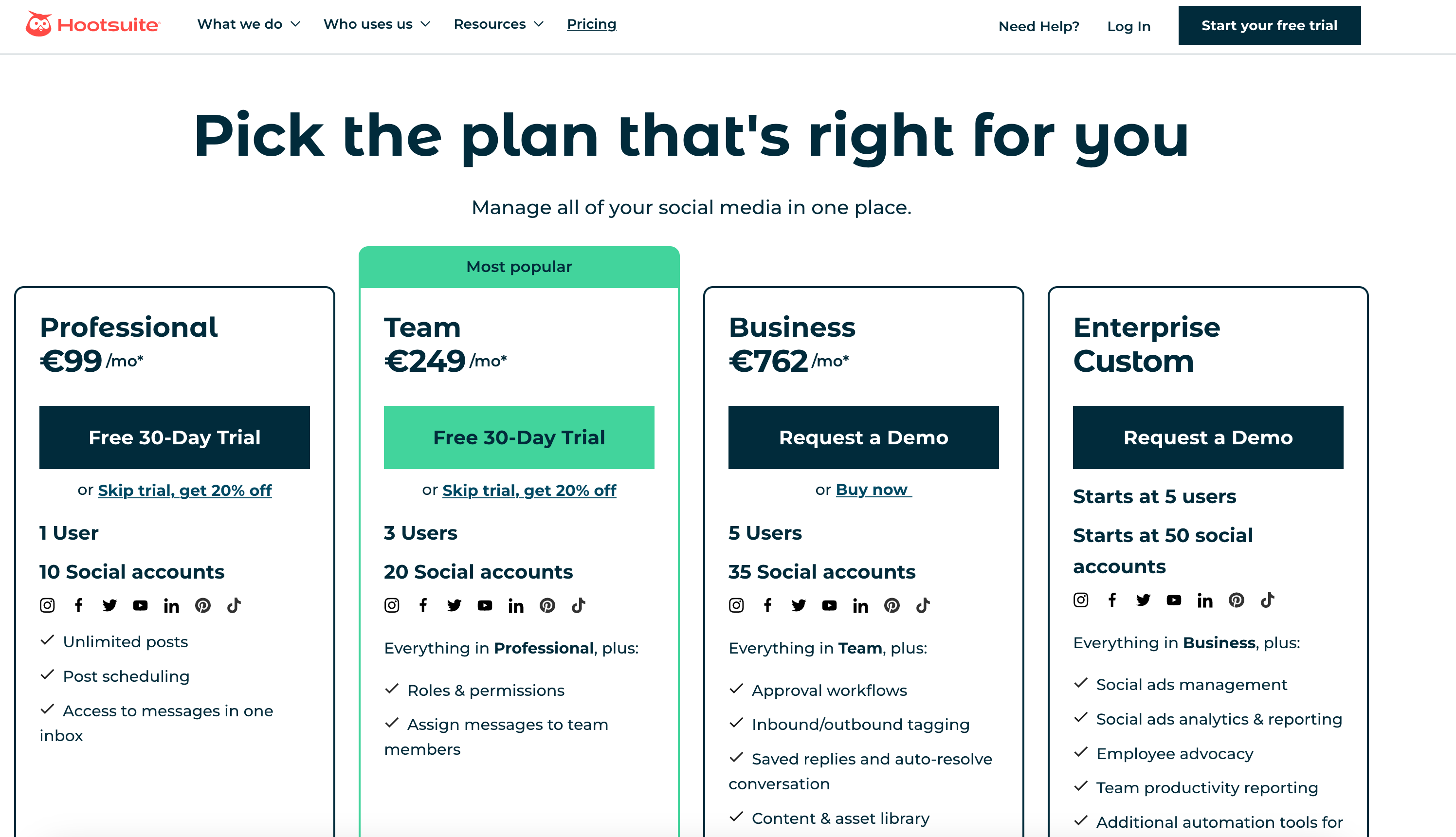
- Loomly: Social Media Management made easy (and affordable)
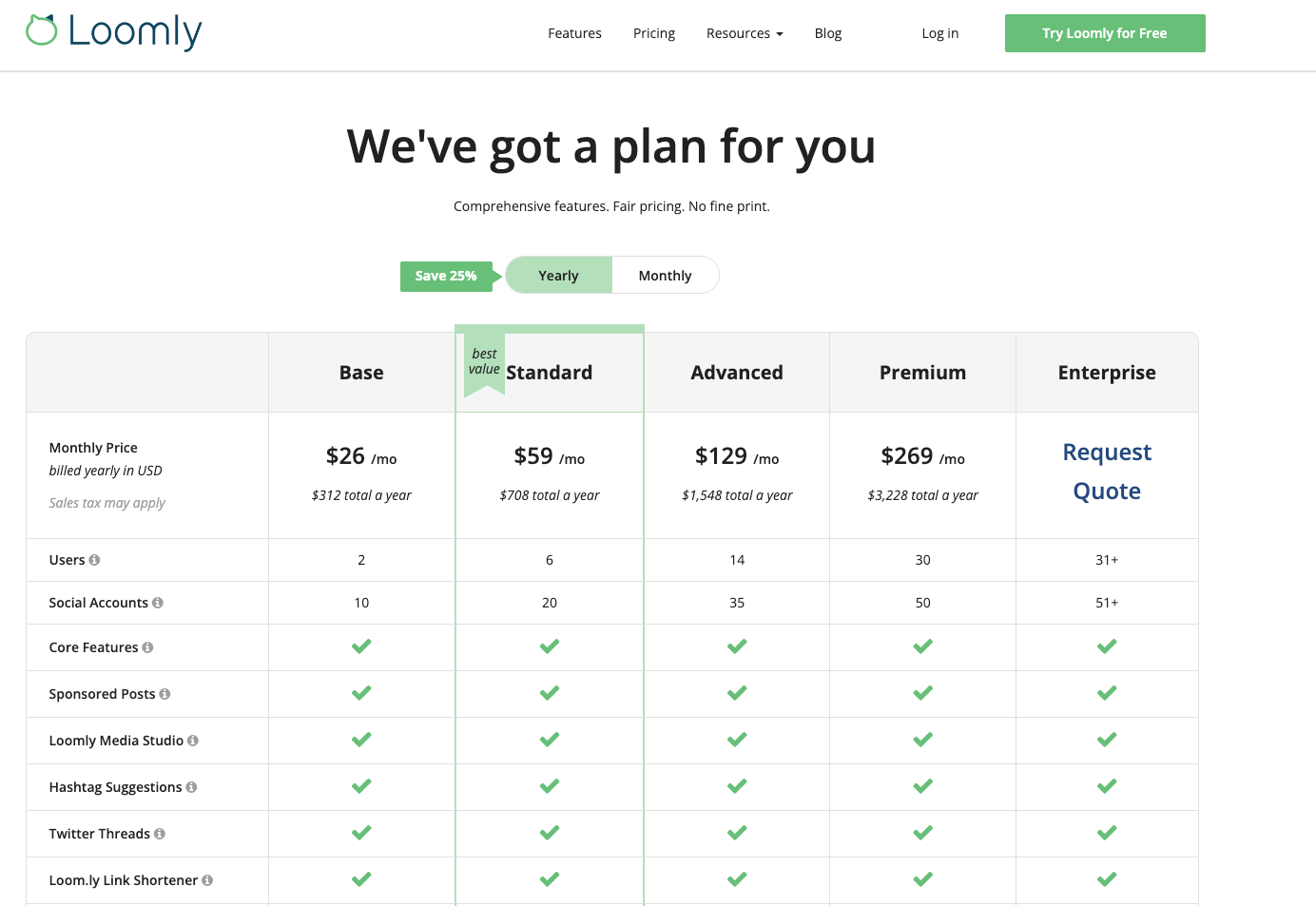
- Buffer: Schedule and analyze social media posts, and measure audience engagement.
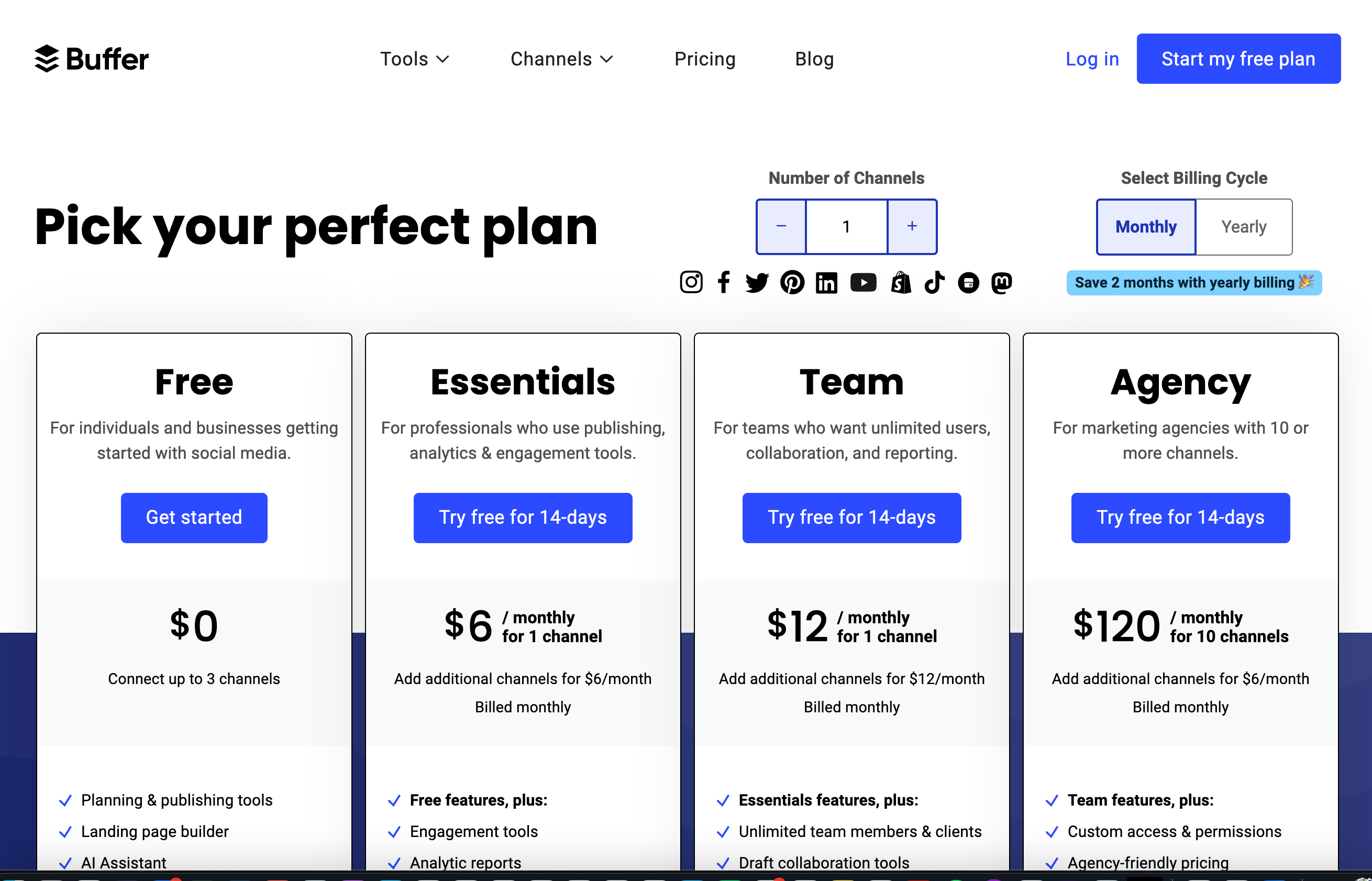
3. Email Marketing

Email marketing is a powerful growth hacking strategy that can help you reach your audience directly. You can use email marketing to promote your business, offer discounts, and keep your audience engaged.
The key to successful email marketing is to create engaging emails that provide value to your subscribers. You should also segment your email list to ensure that you’re sending the right messages to the right people.
- Build an email list by offering valuable incentives like e-books, discounts, or exclusive content.
- Segment your email list based on demographics, interests, or behavior.
- Craft personalized and relevant email campaigns that cater to each segment’s needs.
- Use catchy subject lines and compelling content to increase open rates and click-through rates.
- Continuously test and optimize your email campaigns based on metrics like open rates, click rates, and conversion rates.
Recommended Tools to use:
- Mailchimp: Create and automate email campaigns, manage subscriber lists, and track performance.

- ConvertKit: Segment subscribers, create personalized email sequences, and analyze campaign results.
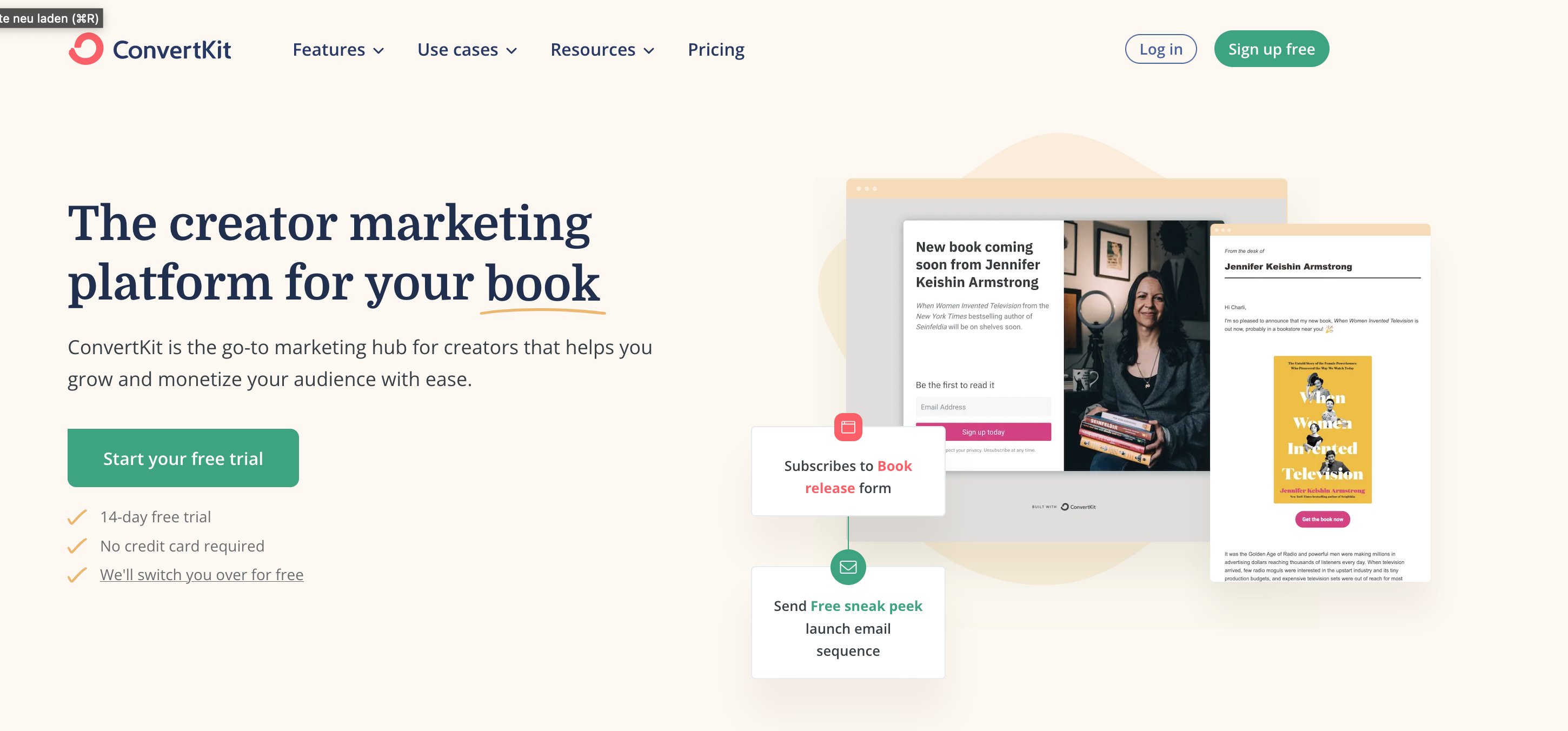
- Brevo (ex-Sendinblue): Send email campaigns, create landing pages, and track email performance.
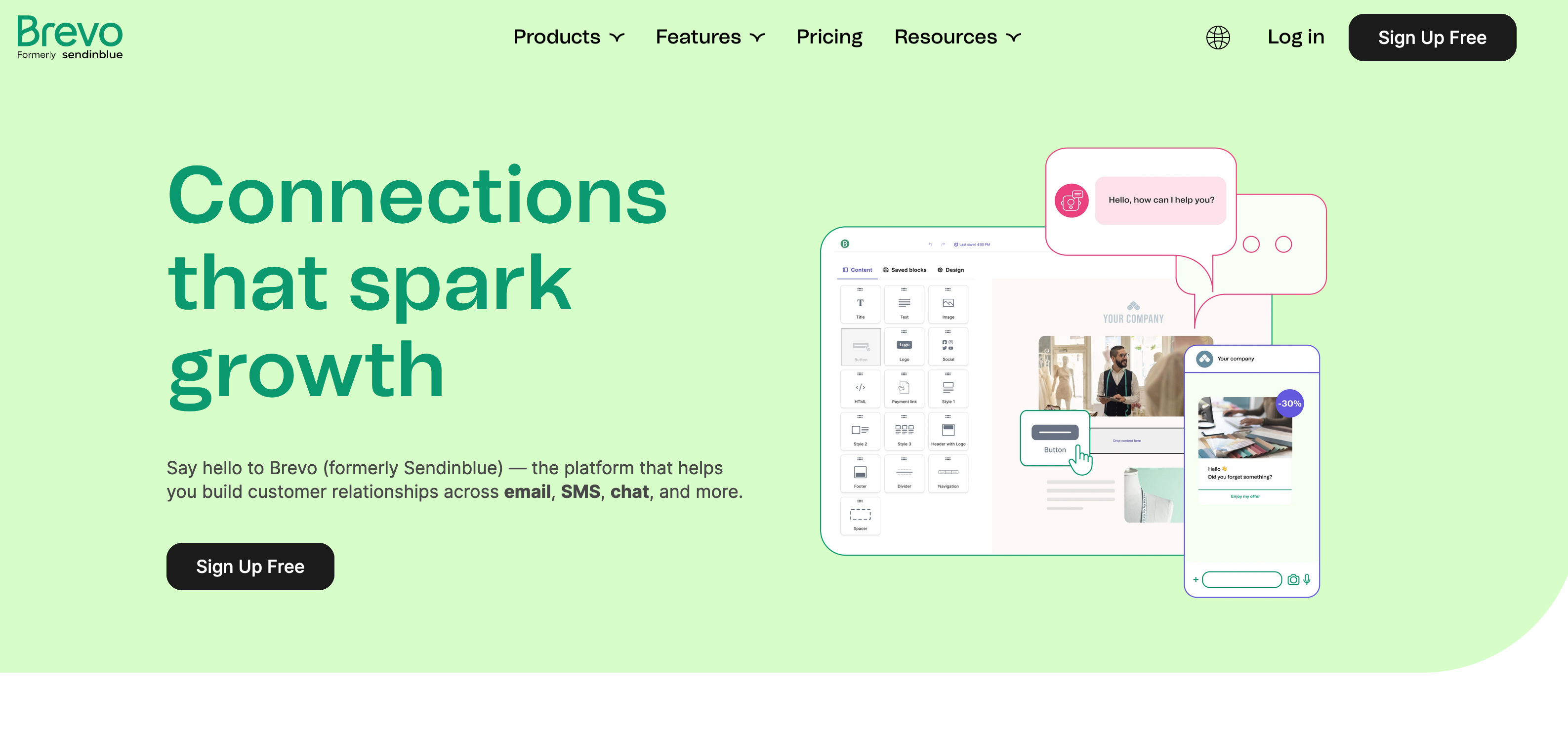
4. Referral Marketing

Referral marketing is a growth hacking strategy that involves leveraging your existing customers to acquire new customers. You can do this by offering incentives to your customers for referring their friends and family to your business.
The key to successful referral marketing is to offer incentives that are valuable to your customers. This can include discounts, free products or services, or exclusive access to new features.
- Develop a referral program that incentivizes existing customers to refer your product or service to others and drive growth in your user base
- Offer rewards, discounts, or exclusive benefits for successful referrals.
- Provide referral links or unique referral codes that customers can share with their network.
- Implement tracking mechanisms to identify successful referrals and reward participants accordingly.
- Monitor and analyze the performance of your referral program, making improvements based on data and feedback.
Recommended Tools to use:
- ReferralCandy: Create and manage referral programs, track referrals, and reward participants.
- Ambassador: Build and track referral campaigns, measure performance, and manage rewards.
- Mention Me: Run referral programs, track referrals, and analyze program performance.
5. Influencer Marketing

Influencer marketing is a top growth marketing, business networking and top hacking growth strategy that involves partnering with influencers in your industry to promote your business. You can use platforms like Instagram and YouTube to find influencers who have a large following in your audience.
The key to successful influencer marketing is to find influencers who are a good fit for your brand. You should also be transparent about your partnership with the influencer and ensure that their content is aligned with your brand values.
- Identify influencers who align with your brand and have an engaged audience relevant to your target market.
- Collaborate with influencers through sponsored content, guest blogging, or social media takeovers.
- Leverage their reach and credibility to promote your product or service authentically.
- Track the performance of influencer campaigns using unique URLs or discount codes.
- Build long-term relationships with influencers to amplify your brand’s reach and credibility.
Recommended Tools to use:
- Upfluence: Identify and connect with influencers, manage campaigns, and track results.
- HypeAuditor: Analyze influencer audiences for authenticity and engagement metrics.
- Grin: Manage influencer relationships, track campaign performance, and measure ROI
6. Search Engine Optimization (SEO)
Search engine optimization (SEO) is a growth hacking strategy that involves optimizing your website and content to rank higher in search engine results pages (SERPs). This can help you attract more organic traffic to your website and increase your visibility online.
The key to successful SEO is to create high-quality content that’s optimized for search engines. You should also use keywords strategically and ensure that your website is user-friendly and mobile-responsive.
- Conduct keyword research to identify relevant, high-demand search terms.
- Optimize your website structure, meta tags, headers, and content to improve organic search rankings.
- Build high-quality backlinks from reputable websites in your industry.
- Ensure your website is mobile-friendly, loads quickly, and provides a positive user experience.
- Regularly analyze your SEO performance and make data-driven optimizations to increase visibility in search engine results.
Recommended Tools to use:
- SEMrush: Conduct keyword research, track search rankings, and analyze competitors’ SEO strategies.
- Moz: Audit website SEO, research keywords, and track search engine rankings.
- Google Search Console: Monitor website performance in Google search results, identify issues, and track keywords.
7. Viral Marketing
Viral marketing is a growth hacking strategy that involves creating content that’s designed to go viral. This can include videos, memes, and social media challenges that encourage people to share your content with their friends and family.
The key to successful viral marketing is to create content that’s entertaining, informative, or inspiring. You should also make it easy for people to share your content by including social sharing buttons on your website and social media channels.
- Develop a compelling and shareable product or campaign that resonates with your target audience.
- Leverage social media, email marketing, and influencers to spread the word about your product or campaign.
- Incorporate gamification elements or incentives to encourage sharing and engagement.
- Monitor and analyze the virality of your campaign through metrics like shares, comments, and engagement.
- Continuously iterate and improve your viral marketing strategies based on user feedback and data.
Recommended Tools to use:
- BuzzSumo: Identify popular content and trends to inspire viral campaigns.
- Gleam: Run contests, giveaways, and viral campaigns to incentivize sharing.
- Viral Loops: Create and manage viral referral programs, track participation, and measure results.
8. Product Optimization
Product optimization is a growth hacking strategy that involves improving your product or service to better meet the needs of your target audience. This can include adding new features, improving usability, or reducing costs.
The key to successful product optimization is to listen to your customers and gather feedback on how you can improve your product or service. You should also be willing to experiment and try new things to see what works best.
- Analyze user behavior and gather feedback to identify pain points and areas for improvement.
- Use A/B testing to test different versions or features of your product to identify what resonates with users.
- Implement iterative updates and improvements based on user feedback and data analysis.
- Monitor user engagement metrics, retention rates, and customer satisfaction to measure the impact of your optimizations.
- Continuously iterate and refine your product based on user needs and market trends.
Recommended Tools to use:
- Hotjar: Analyze user behavior through heatmaps, recordings, and surveys.
- Optimizely: Run A/B tests and experiments to optimize website or app features.
- Mixpanel: Track user actions, analyze user behavior, and measure product engagement.
9. User Experience (UX) Design
User experience (UX) design is a growth hacking strategy that involves designing your website and products to be user-friendly and engaging. This can help you attract and retain more customers by providing them with a positive user experience.
The key to successful UX design is to understand your target audience and design your website and products to meet their needs. You should also use user testing and data analysis to optimize your UX design over time.
- Conduct user research to understand your target audience’s needs, preferences, and pain points.
- Create intuitive and user-friendly interfaces that guide users towards their desired actions.
- Streamline user flows, minimize friction, and remove any barriers to conversion.
- Use heatmaps, click-tracking, and user testing to gather data on user behavior and identify areas for improvement.
- Continuously iterate and optimize the user experience based on feedback and data analysis.
Recommended Tools to use:
- UserTesting: Conduct remote user testing to gather feedback and insights.
- Optimizely: Test different variations of website or app interfaces to optimize user experience.
- UsabilityHub: Run quick usability tests and gather user feedback on designs and prototypes.
Conclusion
Growth hacking is a powerful approach to marketing that can provide startups with a competitive edge in the fast-paced business landscape. Startups often face limited resources and tight budgets, making it crucial to find innovative and cost-effective ways to grow their customer base. By embracing growth hacking principles and combining marketing, engineering, data analysis, and creativity, startups can uncover untapped opportunities and propel their growth trajectory.
One of the key advantages of growth hacking is its ability to break away from traditional marketing silos and encourage cross-functional collaboration. By transforming the marketing organization into an agile team, startups can foster a culture of experimentation and adaptability. This allows for quicker iterations, rapid testing, and the ability to respond to market changes swiftly.
Regardless of the specific growth hacking techniques employed—whether it’s content marketing, social media marketing, email marketing, referral marketing, influencer marketing, SEO, viral marketing, product optimization, UX design, or data analysis—the common thread lies in the emphasis on being creative, experimental, and data-driven.
Creativity is vital in growth hacking, allowing startups to think outside the box and discover novel approaches to acquiring and engaging customers. This may involve developing unique and shareable content, designing viral campaigns, or leveraging influencers unexpectedly. By challenging conventional marketing norms, startups can stand out and generate buzz. Supporting creativity with an agile process in marketing will help combine two disciplines that complement each other, like Bud Spencer and Terrence Hill.
Experimentation is another critical aspect of growth hacking. It involves running small-scale tests and iterating based on the results. Startups can try different marketing channels, messaging variations, or product features to identify what resonates most with their target audience. This iterative approach allows for continuous improvement and optimization.
Data-driven decision-making is at the core of growth hacking. By utilizing analytics tools, startups can gather valuable insights about user behavior, conversion rates, and engagement metrics. These insights inform data-backed strategies and enable startups to focus their efforts on the most effective tactics. Regular monitoring and analysis of key performance indicators allow for quick adjustments and course corrections when necessary.
In conclusion, growth hacking empowers startups to navigate the competitive landscape by leveraging a combination of marketing, engineering, data analysis, and creativity. By adopting a growth hacking mindset, startups can maximize their growth potential, achieve rapid scalability, and find success in a cost-effective manner. Embracing the principles of creativity, experimentation, and data-driven decision-making can propel startups towards sustainable growth and ensure they remain agile and adaptable in an ever-changing business environment.
Editorial Process:
My reviews are written with great care and come from real-world experience. Read my editorial process here.
Some of the links in this article may be affiliate links, which can provide compensation to me at no cost to you if you decide to purchase a paid plan. These are products I’ve personally used/tested and stand behind. This site is not intended to provide financial advice. You can read our affiliate disclosure in our privacy policy.
